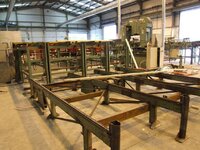hilldweller
LIFE MEMBER
Why bother with GPS ?
Angle isn't that critical, you could just have 3 or 4 selectable for UK, France, Spain, Morocco. KISS.
Angle isn't that critical, you could just have 3 or 4 selectable for UK, France, Spain, Morocco. KISS.


 oh:.
oh:.










